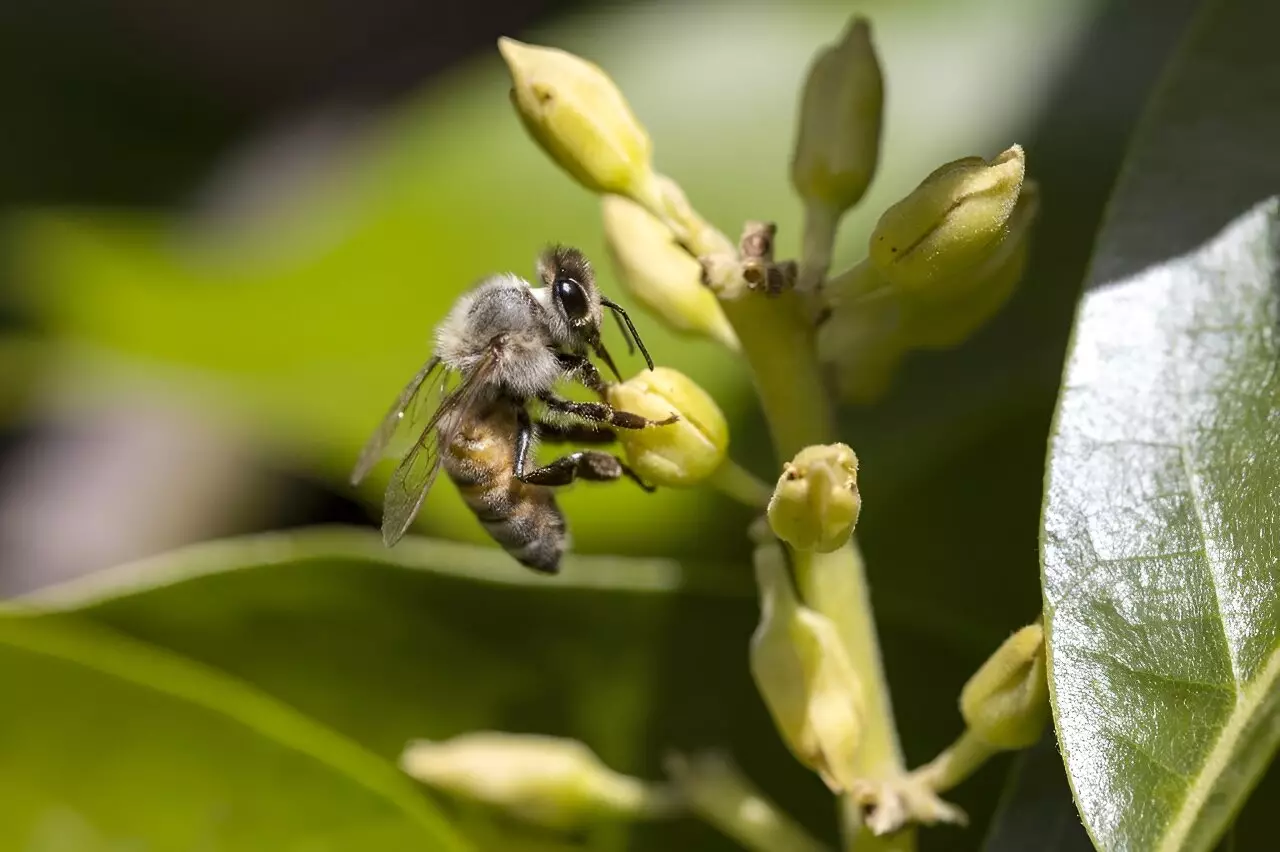As climate change continues to threaten our environment, the natural world continues to provide inspiration for technological advancements. By studying and replicating the solutions that have evolved over billions of years, scientists and engineers hope to harness the robustness and efficiency of nature. From compasses based on insect eyes to water-collecting spider silk-inspired fabrics, here are some remarkable examples of this year’s nature-based technology.
Certain insects, such as ants and bees, navigate visually by using the intensity and polarization of sunlight as a reference point. Researchers have replicated these insects’ eye structures to create a compass capable of estimating the sun’s location, even on cloudy days. This light-detecting compass, unlike traditional compasses that rely on Earth’s magnetic field, can work under any circumstances and is not easily disturbed by electronic noise. With further development, this prototype could become a compact and lightweight navigational tool available to all.
Inspired by the silky threads of spider webs, researchers have developed artificial fabrics that can collect drinking water from morning mist, offering a potential solution to regions suffering from water scarcity. These fabrics mimic the intricate “spindle-knots” of feather-legged spiders, which allow large water droplets to move and collect on the web. Once mass-produced, this technology could provide a considerable scale of water harvesting for practical use.
Inflatable Vines: The Growing Robot
Researchers at the University of California, Santa Barbara, have developed an inflatable robot that “grows” in the direction of light or heat, similar to how vines creep along surfaces. By using fluid-filled pouches, this tubular robot can steer itself without the need for costly electronics. This technology shows potential for applications in fire suppression, as the robots could navigate hot spots and deliver fire extinguishing agents. However, further improvements in heat resistance and agility are required before these robots can be effectively deployed.
Nature-inspired technology doesn’t solely draw inspiration from animals. Scientists at the Unconventional Computing Laboratory at the University of the West of England have discovered a unique use for slimy kombucha mats. By printing electrical circuits on these mats, researchers have created “kombucha electronics,” capable of illuminating small LED lights. These mats, which share properties with textiles and leather, are sustainable, biodegradable, and can withstand prolonged exposure to water. The potential for integrating technology into wearable kombucha materials is promising, although durability and mass production challenges remain.
Pangolins, with their unique pine cone and anteater-like appearance, have inspired the design of tiny robots aimed at delivering medicine or stopping internal bleeding in hard-to-reach parts of the human body. These soft-bodied robots can roll through the digestive tract and unfurl when needed. Lead author Ren Hao Soon of the Max Planck Institute for Intelligent Systems was captivated by the Pangolin’s structure, which offers a blend of softness and conductivity. These robots are still in the early stages of development but show promise in their potential to revolutionize medical procedures.
Nature continues to serve as a limitless source of inspiration for technological advancements. By studying and mimicking the solutions that have evolved through billions of years of natural selection, scientists and engineers hope to create more robust and efficient technologies. From insect eyes to spider silk and from inflatable vines to kombucha electronics, these nature-inspired innovations have the potential to solve pressing challenges and improve various aspects of our lives. As we continue to explore the wonders of the natural world, we unlock the secrets to sustainable and groundbreaking technological advancements.


Leave a Reply